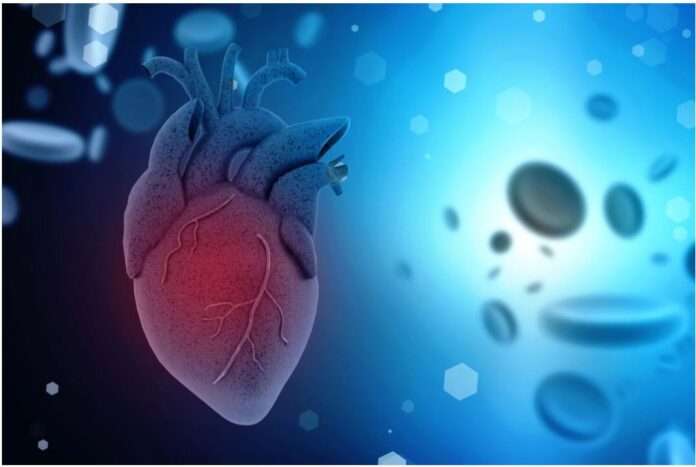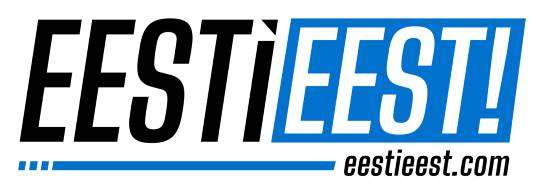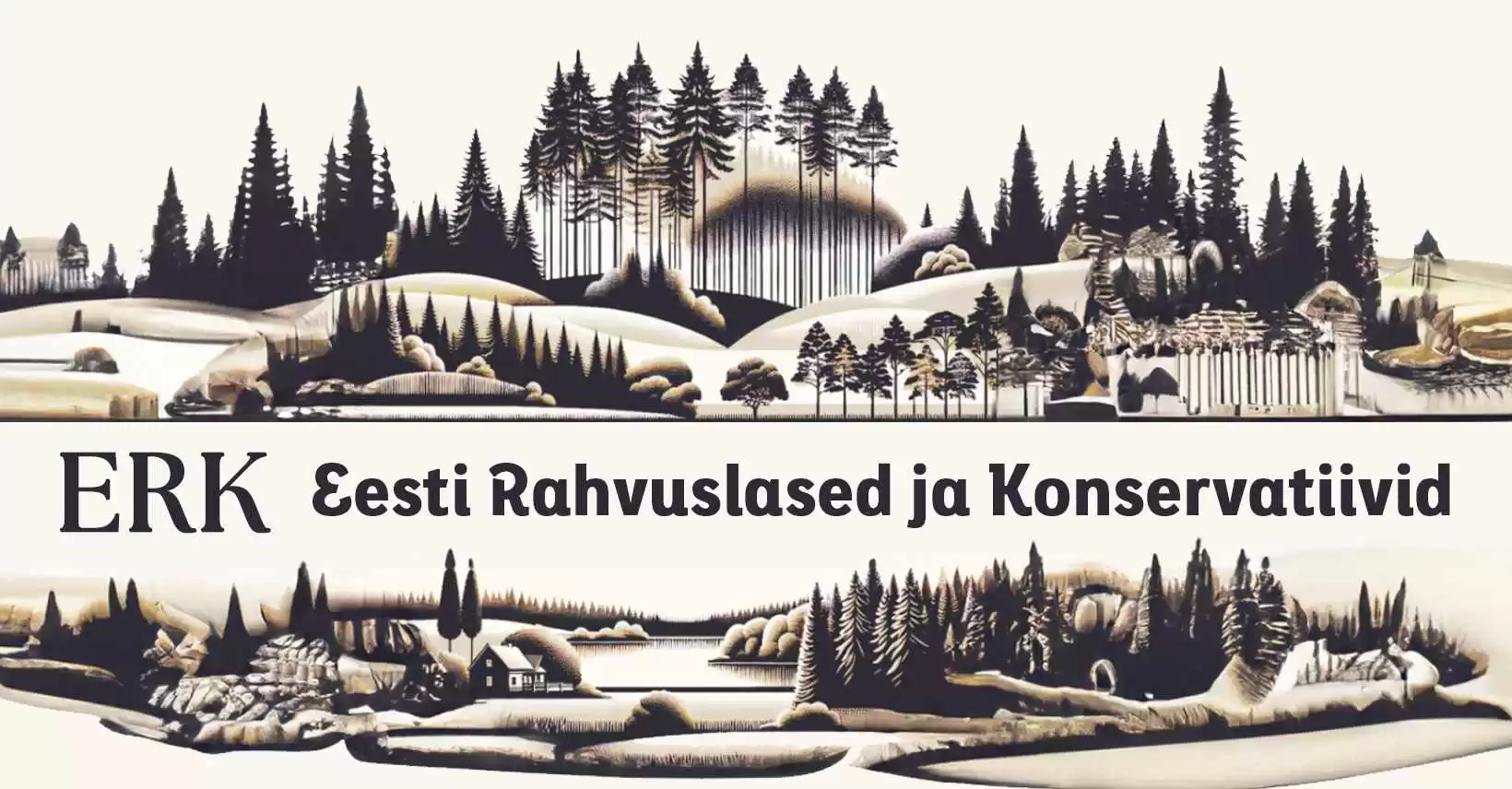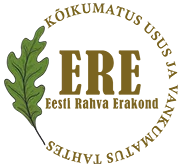Eesti Eest! Newspaper delivers curated news that cut through the censorship, mainstream bias, and institutional dominance that has left society divided and misinformed. The platform allows readers to access the news that matters, particularly when it is being ignored. Updated minute-by-minute with news coverage from a diversity of publications and topics. The website may display, include, or make available third-party content (including data, information, applications, and other products, services, and/or materials) or provide links to third-party websites or services, including through third-party advertising (“Third-Party Materials”). You acknowledge and agree that Eesti Eest! is not responsible for Third-Party Materials, including their accuracy, completeness, timeliness, validity, copyright compliance, legality, decency, quality, or any other aspect thereof. Eesti Eest does not assume and will not have any liability or responsibility to you or any other person or entity for any Third-Party Materials. Third-Party Materials and links thereto are provided solely as a convenience to you, and you access and use them entirely at your own risk and subject to such third parties’ terms and conditions. This Agreement is governed by and construed in accordance with the internal laws of the State of Delaware without giving effect to any choice or conflict of law provision or rule. Any legal suit, action, or proceeding arising out of or related to this Agreement shall be instituted exclusively in the federal courts of the United States or the courts of the State of Delaware. You waive any and all objections to the exercise of jurisdiction over you by such courts and to venue in such courts. The Content and Services are based in the state of Delaware in the United States and provided for access and use only by persons located in the United States. You acknowledge that you may not be able to access all or some of the Content and Services outside of the United States and that access thereto may not be legal by certain persons or in certain countries. If you access the Content and Services from outside the United States, you are responsible for compliance with local laws. All information on this site is intended for entertainment purposes only.
Contact us: [email protected]
Eesti Eest!








Itaalia teadlaste sõnul tõstab plasti sissehingamine dramaatiliselt inimese südameataki, insuldi ja varajase surma riski.
Spetsiaalsete testide abil leidsid teadlased klooriga segatud kahjulikku mikroplasti enam kui poolte uuringus osalenud inimeste blokeeritud arterites (150 inimest 312-st).
Neil inimestel oli järgmise kolme aasta jooksul 4,5 korda suurem tõenäosus saada südameatakk, insult või surra, kuna mikroplast häiris nende keha rasvatöötlust.
Professor Philip Landrigan ütles, et nende arterid sisaldasid umbes 21,7 mikrogrammi kõige tavalisemat plastikut (polüetüleen) ja 5,2 mikrogrammi kolmandat kõige levinumat plastikut (polüvinüülkloriid), tõenäoliselt söömise ja hingamise kaudu.
“Polüetüleeni ja polüvinüülkloriidi nende erinevates vormides kasutatakse mitmesugustes rakendustes, sealhulgas toidu- ja kosmeetikamahutite ning veetorude tootmisel,” ütles ta, hoiatades, et torudes olevad osakesed satuvad joogivette.
“Kujul, mis on seotud peenete, sissehingatavate tahkete osakestega … vedas tuulega pikki vahemaid.”
Ta ütles, et väiksemad kui 200-nanomeetrised osakesed jäävad arterirakkude vahele kinni pärast selliste tõkete läbimist nagu soolestik.
Maailma Terviseorganisatsiooni (WHO) andmetel ei tohi vereringesse ega veresoontesse sattuda osakesed, mille läbimõõt on vastavalt üle 150 mikromeetri või 10 mikromeetrit.
Teistes inimuuringutes on leitud kuni 30 mikromeetri suuruseid osakesi maksas, kuni 10 mikromeetrit platsentas, kuni 88 mikromeetrit kopsudes, kuni 12–15 mikromeetrit rinnapiimas ja uriinis ning üle 700 nanomeetri täisveres.
Üks mikromeeter on 1,000 nanomeetrit.
Ta juhtis tähelepanu näiteks ohtlikele lisaainetele plastosakestes, nagu kloor, mis on väga kantserogeensed ja kujutavad endast tõsist ohtu inimeste tervisele.
Ta küsis: “Millised elundid lisaks südamele võivad olla ohus? Kuidas me saame kokkupuudet vähendada?”
“Esimene samm on tunnistada, et plastide odav hind ja mugavus on petlikud ning tegelikult varjavad need suurt kahju,” ütles ta.
Ta julgustas vähendama plastikasutust, eelkõige tarbetuid ühekordselt kasutatavaid esemeid, ning rõhutas, kui oluline on jälgida ja minimeerida plasti kasutamist isiklikult ja töökohtadel.
Uuringus osalesid 18–75-aastased inimesed, kellel olid kaelaarterites tõsised ummistused ja kellele tehti nende puhastamiseks operatsioon.
Neid, kellel oli südamepuudulikkus, teatud südameprobleemid, vähk või muud probleemid, ei kaasatud.
Piiratud arusaam mikroplastist: WHO
WHO uuris hiljuti mikroplasti sisaldust joogivees ja avaldas aruande (pdf) nendega seotud terviseriskide kohta pärast mikroplasti suurenenud sisaldust keskkonnas.
Siiski märkis ta, et teave selle kohta, kui kahjulik oli mikroplast sissehingamisel või söömisel, oli “piiratud”.
“Mikroplasti komponendid, mis kujutavad endast suurimat ohtu inimeste tervisele, on halvasti mõistetavad, kuigi mikroplasti panust ei saa välistada,” ütles WHO pressiesindaja.
“On vaja teavet osakeste suuruse, kuju, polümeeri koostise ja muude keskkonna seisukohast olulist mikroplasti esindavate tegurite mõju kohta.”
Pressiesindaja märkis, et mikroplastil võib olla ka kahjulik mõju nagu teistel väikestel tahketel osakestel, mis toimivad sarnaselt.
Siiski tunnistasid nad, et üldsus on plastist üha teadlikumaks muutunud, olles üldises üksmeeles, et see ei tohiks olla keskkonnas ja et kokkupuute vähendamiseks on vaja võtta meetmeid.
“See peaks hõlmama plasti paremat käitlemist kogu selle olelusringi jooksul ja võimaluse korral plasti kasutamise vähendamist, et liikuda säästvama plastimajanduse suunas.”